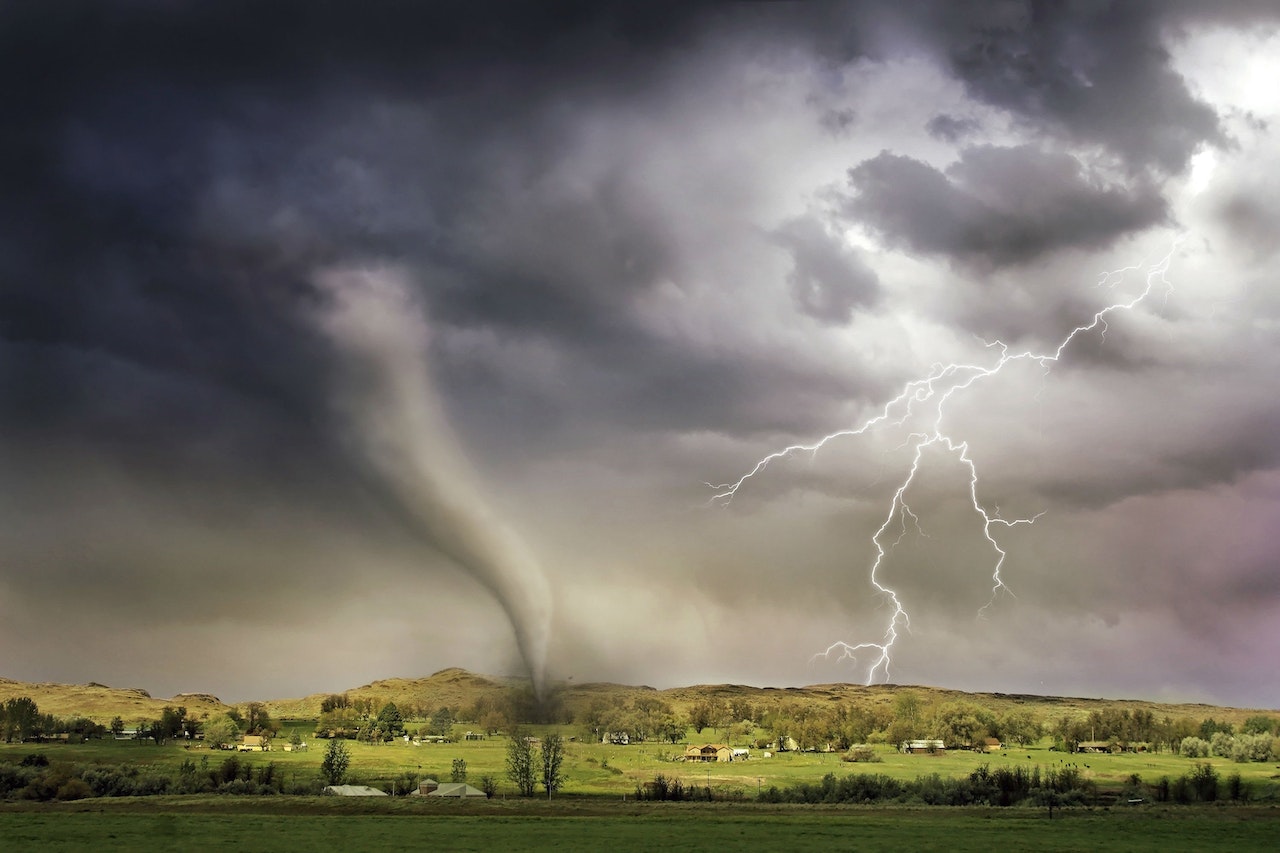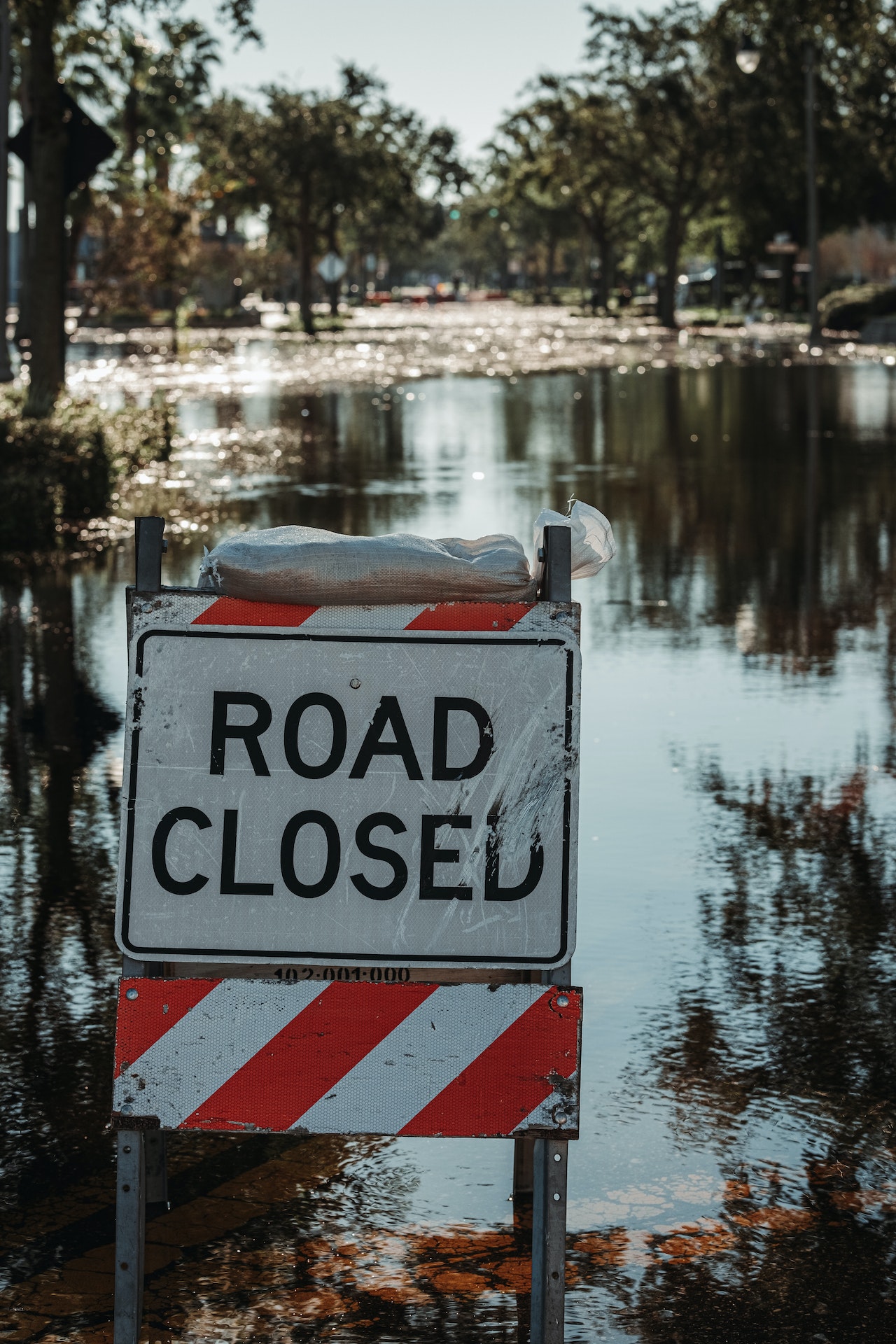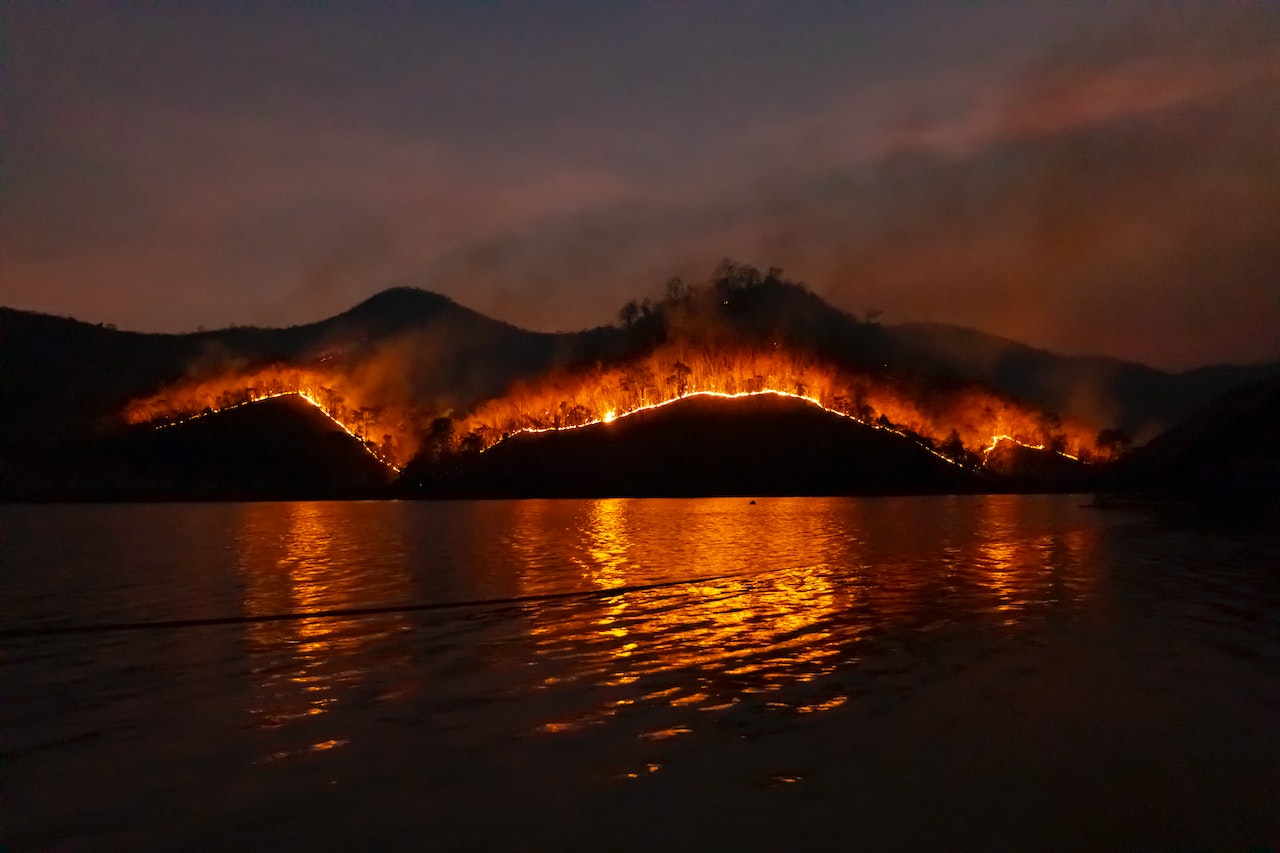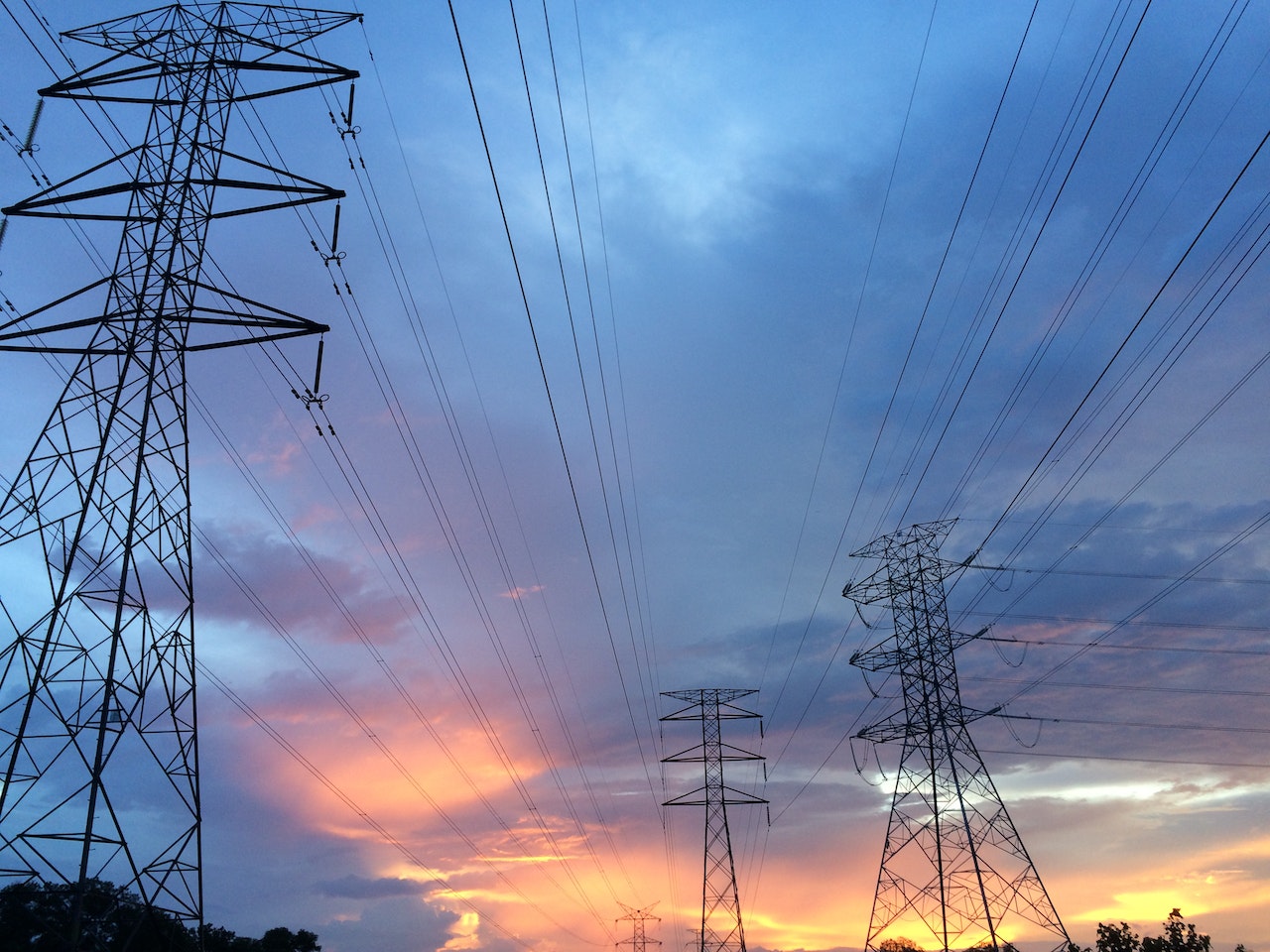Photo by: Ralph W. Lambrecht Source: Pexels
Tornadoes are nature’s fury incarnate, with wind speeds that can exceed 200 miles per hour, destroying buildings, flipping cars, and uprooting trees. Surviving one is no small feat, but with the right preparation and knowledge, you can drastically improve your odds. This comprehensive guide will delve into the intricacies of tornado survival, focusing on various shelter options and survival tips that could be the difference between life and death.
1. Understanding Tornadoes:
Before we discuss survival, it’s crucial to understand the nature of tornadoes. They’re spawned from severe thunderstorms, and their funnel-shaped wind vortex can touch down, causing immense destruction in its path. While they’re most prevalent in the US Midwest, they can occur anywhere.
2. Warning Signs and Alerts:
Being aware of an impending tornado is half the battle. Watch out for:
- Dark, often greenish sky
- Large, low-lying clouds
- Hail
- Loud roar, similar to a freight train
- Weather alerts on your phone or local radio
3. The Best Tornado Shelters and Survival Tips:
a. Underground Storm Cellar or Basement:
Shelter: This is the gold standard for tornado protection. Being underground means you’re shielded from the most destructive forces.
Survival Tips:
- Stay under a sturdy table or workbench.
- Cover yourself with a mattress or heavy blankets to protect against flying debris.
- Avoid standing under heavy objects on the floor above, like refrigerators.
- Keep a flashlight, water, and a battery-powered weather radio.
b. Safe Room or Storm Shelter:
Shelter: These are above-ground, tornado-resistant structures. They’re made of reinforced concrete or steel and are built to FEMA standards.
Survival Tips:
- Install it in a central part of your home without windows.
- Store emergency supplies, including a first-aid kit, flashlights, extra batteries, and water.
- Make sure it’s anchored properly to resist overturning and uplift.
c. Interior Room on the Lowest Floor:
Shelter: If underground options are unavailable, pick an interior room, preferably without windows, on the lowest floor. Bathrooms or closets are often suitable.
Survival Tips:
- Cover yourself with a mattress or thick padding.
- Wear a helmet to protect your head from debris.
- Stay away from corners where debris often accumulates.
d. Under a Staircase:
Shelter: The space under a staircase is compact, which can offer more structural integrity.
Survival Tips:
- Ensure the location is away from windows and outside walls.
- Stay low, and cover your head and neck.
e. Mobile Homes:
Shelter: Mobile homes are NOT safe during tornadoes. They can be overturned even by weaker tornadoes.
Survival Tips:
- Evacuate a mobile home immediately when there’s a tornado warning.
- Find a nearby building or a designated storm shelter.
- If caught in the open, lie flat in a ditch and cover your head.
4. No Shelter Available:
In instances where you’re caught outdoors with no shelter in sight:
- Find a low spot, like a ditch or a depression. Lie flat, covering your head and neck.
- Avoid seeking shelter under bridges or overpasses. They can create wind tunnels and expose you to flying debris.
- Stay vigilant of flash flooding in ditches or low-lying areas.
5. Vehicles and Tornadoes:
Cars are dangerous during tornadoes, but if you’re caught in one:
- Drive at right angles to the tornado’s path, if you can discern its direction and if it’s safe.
- Avoid being caught in your vehicle. If escape seems unlikely, park the car, keep your seat belt on, lower your head, and cover it with a blanket or coat.
- Don’t hide under your car.
6. Post-Tornado Safety:
After the tornado has passed:
- Check for injuries. Don’t move injured people unless they’re in immediate danger.
- Avoid downed power lines and report them to the utility company.
- Be wary of gas leaks. If you smell gas, turn off the main valve, leave the building, and inform authorities.
- Use battery-powered lanterns or flashlights when examining buildings. Candles can start fires.
- Listen to local news or a NOAA Weather Radio for updates.
7. Prepararation is key
Being ready before a tornado strikes can save lives. Here are some preparation steps:
- Emergency Kit: Stock an emergency kit with essentials like water, non-perishable food, a flashlight, batteries, a hand-crank radio, a whistle, a first-aid kit, a multi-tool, local maps, and personal hygiene items.
- Plan and Practice: Have a family emergency plan. Discuss where to go and what to do in a tornado situation. Conduct regular tornado drills.
- Stay Informed: Invest in a weather radio with battery backup. Always listen to weather forecasts when severe weather is expected.
Conclusion:
While tornadoes are formidable adversaries, knowledge, preparation, and quick action can significantly boost your survival chances. Always prioritize safety, and remember that possessions can be replaced—lives can’t. When in doubt, take shelter and protect yourself until the storm has passed.



